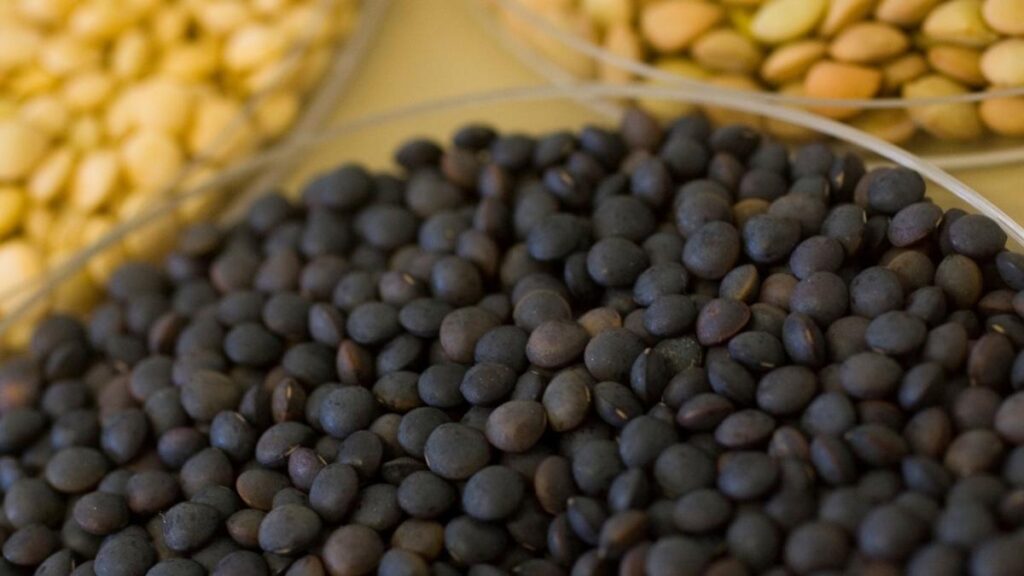Grains and legumes are tipped to be the big players in feeding the growing global population, with plant-based protein the key to sustainably feeding another two billion people by 2050.
This was the message from Grains and Legumes Nutrition Council general manager Kathy La Macchia at this year’s Grains Industry Association of WA (GIWA) forum on October 9.
Ms La Macchia said there was an opportunity for Australian grains and legumes to fill the demand of changing global diets.
“The world’s human population is expected to reach 9.8 billion by 2050,” she said.
“That is another two billion people in the world than what we have today.”

The world’s human population was also ageing, with the amount of people aged over 60 expected to double by 2050.
But the health statistics of this growing population were not good, with experts predicting half the world’s human population will be overweight by 2035.
Ms La Macchia said 76 per cent of WA’s population was currently overweight or obese.
“We cannot continue to do what we have been doing,” she said.
Ms La Macchia said to feed the world’s growing population while ensuring good nutrition and the sustainability of the planet, plant protein had to play a big role alongside meat, eggs, fish and dairy.
Australia’s cost-of-living crisis was already affecting protein choices at the supermarket level, with higher meat prices leading more consumers to opt for plant-based protein.
“We have found the flexitarian diet is currently the most popular diet in Australia,” Ms La Macchia said.
“Currently 3.7 million Australians are experiencing food insecurity. WA has the highest food insecurity in Australia.”
Ms La Macchia shared some food shopping statistics gathered by the GLNC which pointed towards a greater acceptance of legumes in the everyday diet.
Canned chickpeas — which now comprise a fifth of all canned legumes consumed nationally — have seen a 46 per cent increase in consumption in Australia since 2021.
Peas are the most common frozen legume in Australia, taking up 58 per cent of this market space, while dried lentils are the most consumed dried legume, taking up 38 per cent of this section of the market.
But just 37 per cent of legumes consumed are made with Australian ingredients.
Chickpeas alone are sitting at 41 per cent Australian made, while 37 per cent of chickpeas that are imported come from Italy.
There has also been a massive increase in plant-based drinks over recent years.
Ms La Macchia said the growth of plant-based drink consumption in Australia was an exciting space for the WA grains industry to tap into going forward.
She said 45 per cent of Australians consumed plant-based drinks; globally there were also signs of huge growth potential in this space.
“The category has increased by 60 per cent from 2018 to 2022,” Ms La Macchia said.
“We have seen the most growth in grain-based drinks, with this category made up of 90 per cent oat milk.”
She said the key drivers behind consumers choosing plant-based drinks were perceived health benefits, improved digestion and taste.
Plant-based meat was another area of interest, with this market space increasing by 47 per cent from the 2020 financial year.
The primary protein ingredient in these products is soy, but there is a growing interest in new protein ingredients such as pea, fava and mung beans.
Plant-based snack foods were also on the rise, with 19 per cent of the 650 products surveyed made from chickpeas, 50 per cent of snack protein bars using fava beans and 18 different kinds of legume ingredients used overall.
Lupins were singled out as a huge growth opportunity for WA producers and manufacturers, with the category vastly underutilised according to Ms La Macchia.
She said lupins were found only in 16 supermarket products: six breakfast cereals, three plant based meats, three types of tempeh, two flours, one soup and one canned product.
https://thewest.com.au/countryman/news/giwa-forum-plant-based-protein-key-for-hungry-world-c-16346096


